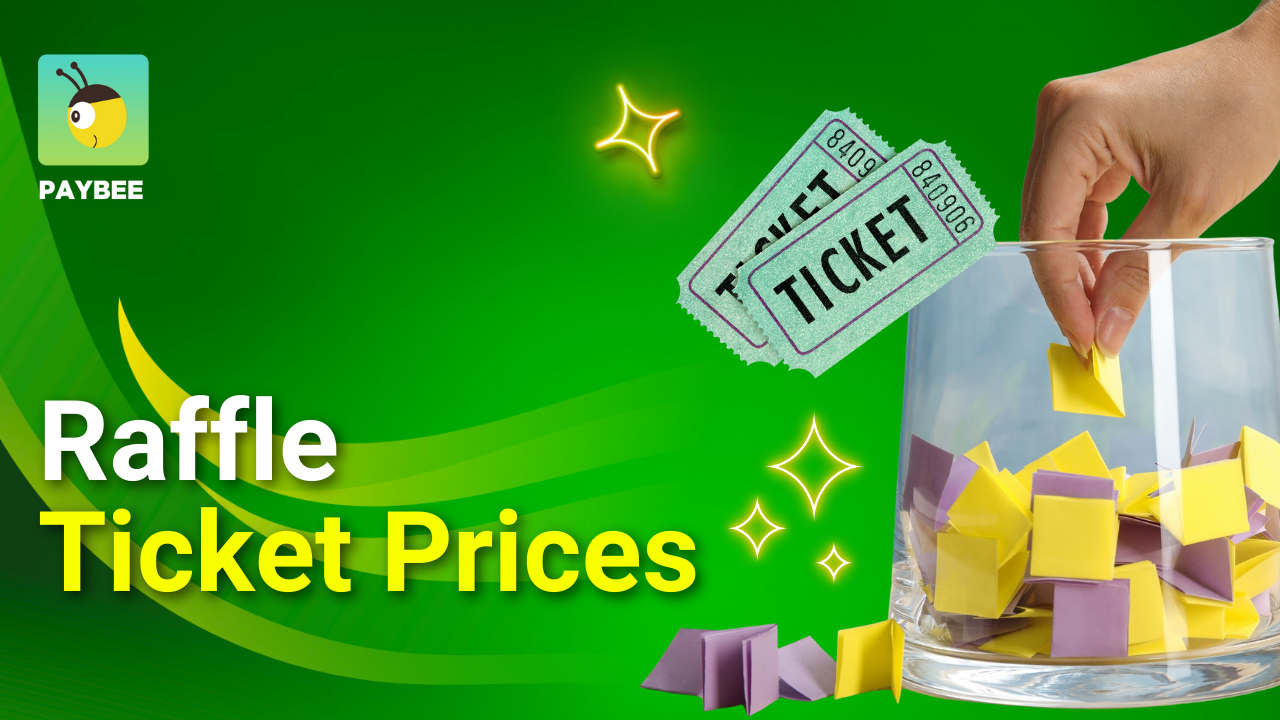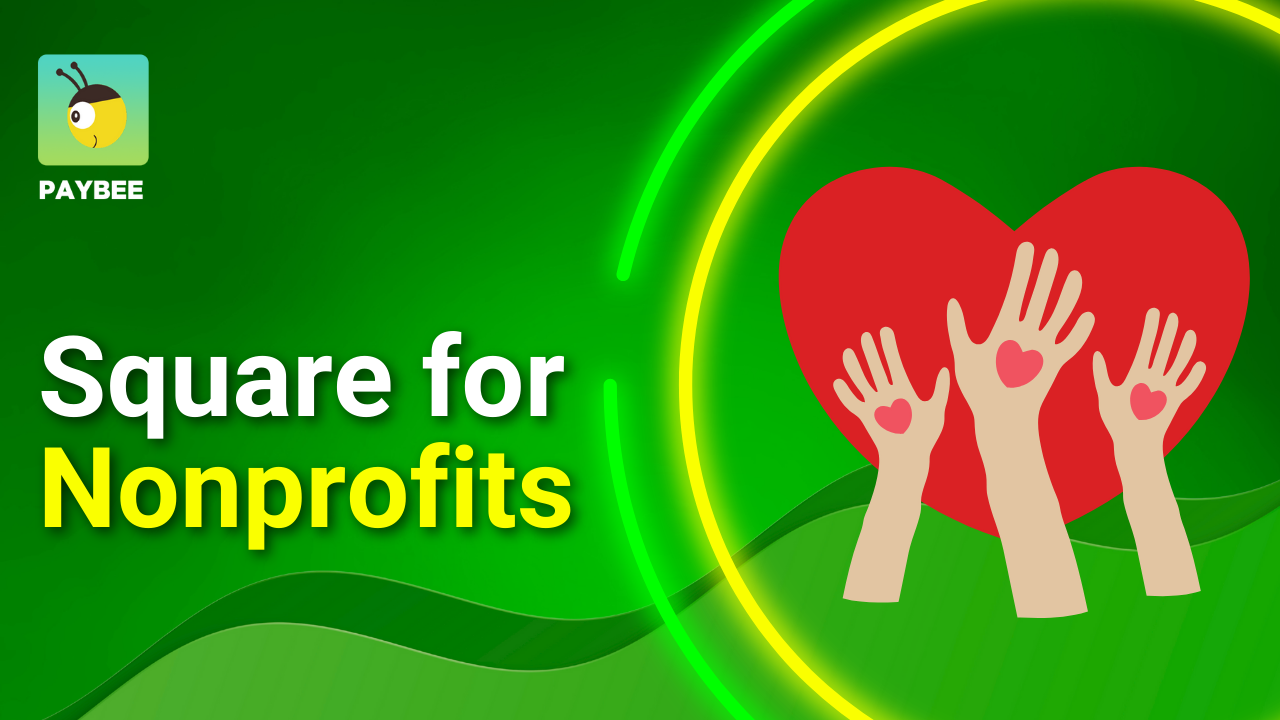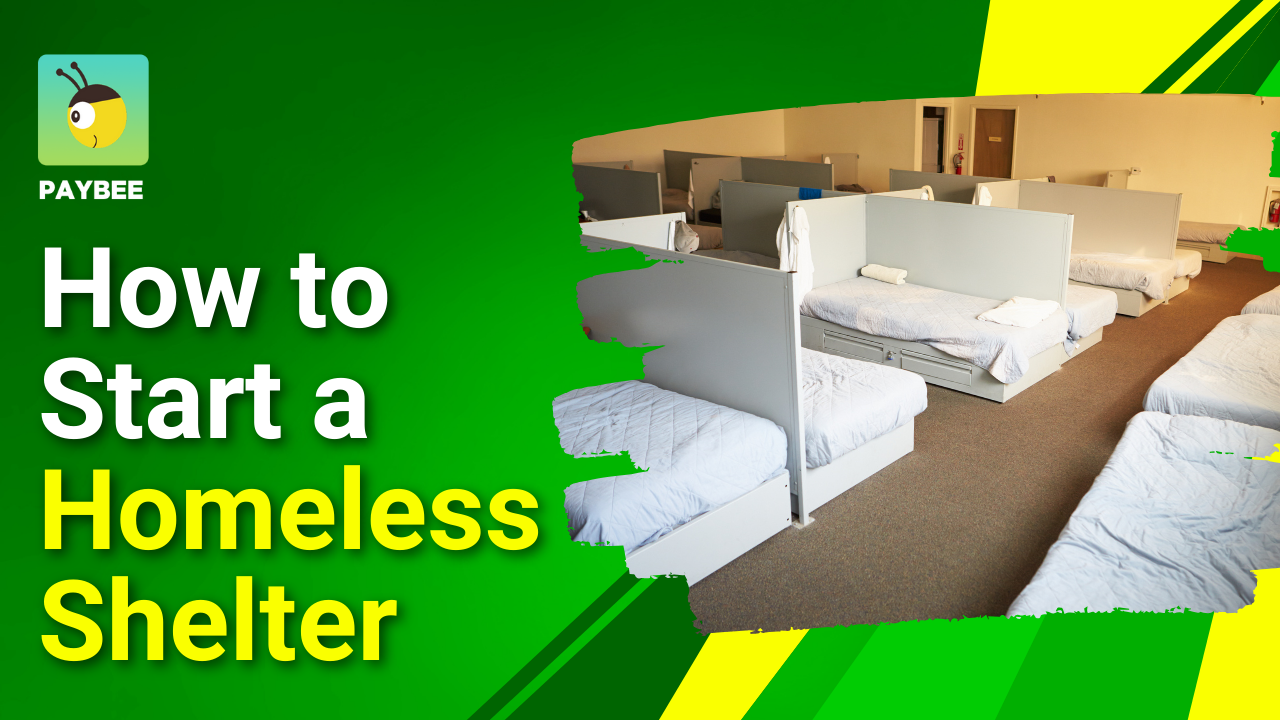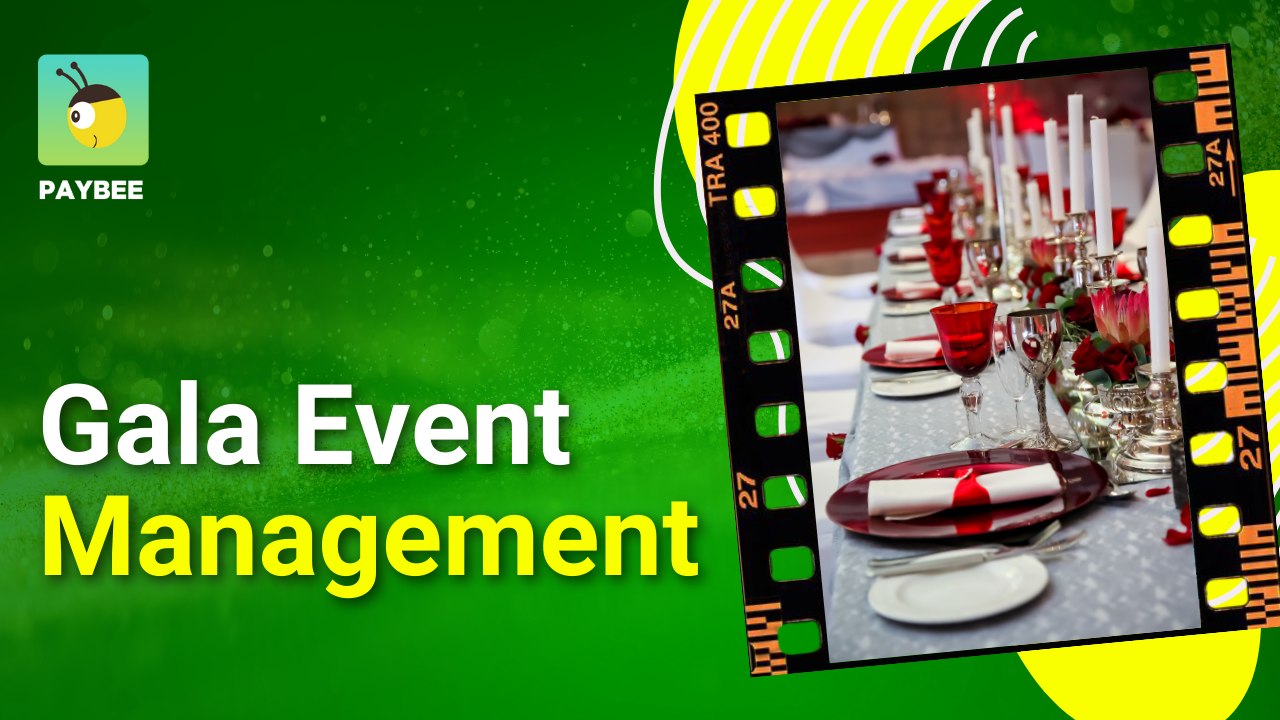
Ultimate Guide to Raffle Ticket Prices: Strategies, Tips, and Best Practices for Maximum Fundraising Success
Ultimate Guide to Raffle Ticket Prices: Strategies, Tips, and Best Practices for Maximum Fundraising Success
Quick Answer
Raffle ticket prices typically range from $1 to $20 per ticket, depending on the event type, audience, and prize value, with bundles like 3 for $5 boosting sales by 30-50% while ensuring profitability through goal based calculations.
Key Takeaways
- Set raffle ticket prices based on fundraising goals, prize value, and audience affordability to balance accessibility and revenue.
- Use tiered pricing and bundles to increase participation and perceived value without overcomplicating sales.
- Incorporate legal compliance and digital tools for seamless, cost-effective raffle management in 2026.
- Analyze past events and competitor pricing for data-driven adjustments that maximize engagement.
- Track trends like mobile-optimized virtual raffles to future-proof your fundraising efforts.
Why Ticket Pricing Is the Single Most Critical Factor for a Raffle’s Financial Success
Raffles remain one of the most profitable, versatile and accessible fundraising tools available to nonprofits, schools, community groups and faith organizations. There're super easy to set up and promote and most people know exactly what they are and enjoy participating in one. Yet even with all of these pluses, often times raffles don’t deliver the punch they should when it comes to funding. This isn’t because your prizes aren't solid, or you forgot to market, but rather because you ticket pricing strategy is misaligned with the audience, prize value or event format.
It may seem a bit silly to put so much stock into ticket prices, after all, it seems everyone pretty much prices tickets the same. And that’s another problem, or a way for you to be smarter and price your tickets in a way that makes your raffle the money maker it could be. See, if you price your tickets too low, you’re literally leaving money on the table. Price too high and people won’t open their wallets as easily as they would if your pricing was just slightly different. There’s a sweet spot for every raffle.
This guide breaks down the exact strategies used by high-performing fundraising consultants, major nonprofit event planners, and platforms like PayBee to maximize revenue while keeping the experience ethical, enjoyable, and transparent for their donors.
You’ll learn:
- How to select the right base price
- How to structure high conversion bundles
- How to anchor price perception
- How to adjust for online vs. in-person buyers
- What real nonprofits are doing today and the results they’re seeing
- Common mistakes that sabotage revenue
- How to optimize pricing using live data and testing through a soft launch
This is a comprehensive, premium nonprofit resource designed to help your organization operate with confidence and raise significantly more money with every raffle you run.
The 5-Step Framework for Choosing the Right Ticket Price
Raffles have been a staple of nonprofit fundraising for so long everyone just assumes there is a standard pricing system that means a ticket should cost a dollar. The fact is, that’s just wrong. Success depends on aligning your pricing with five critical variables. The framework below reflects industry standards used by experienced fundraising strategists and nonprofit event planners to maximize the funding capabilities of any raffle.
Step 1: Identify Your Event Type and Audience
Your pricing strategy should match the buying power and expectations of your event attendees:
- School fundraisers: Low entry price and high volume ($1–$5)
- Sports leagues: Moderate pricing with strong bundles ($3–$10)
- Animal rescues / shelters: Moderate to premium depending on prizes ($5–$20)
- Galas & formal events: Premium pricing ($20–$100)
- Online raffles: Online buyers respond better to rounded pricing and larger bundles
This is where knowing your supporters and donor base will really pay off. Think a local BBQ event versus a suit and tie gala, people’s expectations will be different at each event, so price your tickets accordingly.
Step 2: Match the Price to the Prize Value
People want to feel they’re getting a great deal, that’s why they play the lottery. So think similarly, price your tickets so a chance is insignificant compared to the value. A common rule of thumb used by many nonprofits is:
Base ticket price should fall between 1% and 5% of the total prize value.
Examples:
- $100 gift card → $2–$5 ticket
- $500 themed basket → $5–$10 ticket
- $1,000 vacation package → $20–$50 ticket
- $5,000 travel experience or jewelry → $50–$100 ticket
Low value prizes paired with high ticket prices create friction since people can’t see the value aspect.
High value prizes paired with low ticket prices leave money on the table. But sticking to the 1 to 5% rule will usually bring your pricing in line.
Step 3: Assess Your Audience’s Buying Power and Motivation
There are people with money and those with not as much, it just is. But being aware of the difference and who will end up at your event has a major impact on expectations and pricing. Ask:
- Is the event community driven (schools, churches)?
- Is the event mission driven (animal rescue, medical support, crisis relief)?
- Is the event prestige driven (gala, corporate, foundation)?
Prestige driven events almost always tolerate (and expect) higher pricing just by their nature while community events rely more on volume and not premium pricing tactics.
Step 4: Choose a Base Price That Fits the Context
Here are standard base ticket prices that consistently perform well:
The most important principle is to avoid overly complex price points as even your staff can get confused. The most psychologically effective prices for modern fundraising are $5, $10, $20, $50.
Step 5: Build Bundles That Drive Higher Revenue
Everyone loves a great deal, and bundles are just that, a way to get even more bang from your buck! After setting your base price the next thing to think about is how you can bundle in such a way that it stimulates people to buy yet you don’t loose your shirt in the process.
Bundles are the single most effective way to multiply raffle revenue, more effective than raising the base price, offering more prizes or increasing marketing.
Here’s the industry tested bundle structure most successful raffles follow:
- 1 for $5
- 3 for $10
- 7 for $20
- 20 for $50
The structure allows participants to “go bigger” without feeling pressured while also giving a wide breadth of alternatives for all your supporters to get involved.
Just by following our simple five step approach here you are already ahead of the curve and should be able to come up with some realistic numbers for your own events and attendees’ expectations. This approach is rooted in real data and isn’t guesswork, so trust the process.
Proven Ticket Price Ranges by Event Type & Prize Value
Different fundraising events just by their nature will require different pricing strategies. You wouldn’t expect a $100,000 necklace to be raffled of for $1 tickets at an event to raise money for the local animal shelter. The entire raffle is misaligned with the reality of the event and the people attending it. So we’ve gathered the strategies observed across thousands of events on our platform to give you the best chances of success.
Community & School Events (High-Volume Participation)
These events rely on broad participation from families, students and neighbors. Price sensitivity is high but enthusiasm to get involved is also high because the cause is close to home.
Recommended pricing:
- Base price: $1 to $5
- Bundles: 5 for $10 or 12 for $20
Why it works:
Families expect low cost options at these types of events. So the low ticket price overcomes any barriers while the bundles allow for more influential, or competitive bidders to cash in and spend more.
Best for:
- PTO raffles
- Classroom fundraisers
- School clubs, band, athletics
- Science fairs, book fairs
Mid-Tier Nonprofit Events (Moderate Prize Values)
Perfect for raffles offering themed baskets with catchy names, restaurant gift cards, spa packages or donated local experiences.
Recommended pricing:
- Base price: $5 to $10
- Bundles: 3 for $20 or 10 for $50
Why it works:
The $5 to $10 price point helps people understand the perceived value while still feeling like the ticket is a great chance at winning big. Donors feel comfortable pairing moderate pricing with moderate prizes as long as they still see value.
Best for:
- Animal rescues
- Youth sports leagues
- Community service groups
- Rotary clubs
- Local nonprofits
Premium Galas & High Value Raffles
If you’re going to a formal gala event, you expect things to be more upscale. Seeing a $10 dog collar at one would most likely raise some eyebrows. So match their expectations both with appropriate prizes coupled with appropriate ticket prices. Include high value prizes like vacations, jewelry, private dinners or experience packages but price your tickets accordingly.
Recommended pricing:
- Base price: $20 to $50
- Bundles: 3 for $50 or 7 for $100 or even 15 for $200
Why it works:
Higher income attendees expect premium pricing and premium gifts. So getting stingy on either can actually hurt your event by reducing the perceived prestige of the event and the prize.
Best for:
- Annual gala raffles
- Donor appreciation events
- Foundation fundraisers
- Corporate charity dinners
Online Raffles (Facebook, Email, PayBee, etc.)
Online behavior differs dramatically from in-person behavior. And with the rise of hybrid or online events, understanding your supporter’s behavior online is jut as important as when they’re standing right in front of you.
Online buyers prefer:
- Larger bundles
- Simplified price tiers
- Round numbers
- Checkout friendly pricing ($10, $20, $50)
Recommended pricing:
- Base price: $10
- Bundles: 3 for $25, or 10 for $50
Why it works:
Impulse purchases increase when checkout is fast and pricing is rounded off. Platforms like PayBee make bundle creation easy, which is why online raffles often outperform traditional events by as much as 20–40% depending on the event.
Recommended Ticket Prices by Prize Value
The Psychology Behind Raffle Ticket Pricing
There are actually scientifically proven physiological motivators that push people to get involved with a raffle. They can be something as subtle as the scarcity factor or just their need to find a bargain. The point is their participation isn’t always logical or even rational, so why not take advantage of this behavior in order to fund your cause and do some good in the world.
Below are just a few of the psychological pricing principles proven to increase ticket sales.
The “Good Deal” Anchor Price
Anchoring is the cognitive bias where people compare numbers to the first number they see. Or in layman’s terms, whatever the first price you see is, you decide what is a bargain comparing that first price.
If your pricing table shows:
- 1 for $10
- 3 for $20
- 10 for $50
Most buyers perceive “10 for $50” as a steal because the first number they saw was $10 so they’re getting double the value at that level. So anchoring transforms bundle pricing from optional to irresistible.
Price Relativity (The 1–5% Rule)
People instinctively compare ticket price to prize value. If you offer a $500 basket with $2 tickets most people are going to ask why the ticket price is so low and feel the $500 value isn’t true. Conversely if you were to offer a $100 gift card with $25 tickets people would instantly feel they were getting ripped off or taken in some way and not buy at all. So aligning ticket prices with 1 to 5% of your prize value triggers confidence and makes logical sense to people.
Why Odd-Number Pricing Works (Sometimes)
Many old school digital markets will price their low offerings for $7 as there is evidence this pricing does sell more. But when it comes to raffle tickets, this can work or backfire depending on when you’re using it. Our recommendation is to only use this sort of pricing when solely online as it can quickly get confusing at in person events. And even then, test to see how well it does. Even though it does help sell more ebooks, it doesn’t always translate into more raffle ticket sames.
Social Proof & Scarcity
Social proof and scaricity are always solid motivators to get people buying! Statements like:
- “Only 500 tickets available”
- “Early Bird pricing ends tonight”
- “Last year sold out in four days”
increase urgency and perceived value, especially in online formats like social media. No one wants to miss out, and the more valuable and desirable you can make your prizes seem, the more funding you’ll secure by the end of the night.
The Momentum Effect
When people see others buying, they buy. It’s sort of the same when people see an empty restaurant, most will walk by until they find one with customers. It’s the herd mentality, but that comes from a feeling of safety. So if you can get people buying, they’ll feel safe to move ahead as well. This is where bundles can help with building early momentum which also increases late participation.
Bundle Pricing: The Strategy That Increases Revenue
Bundle pricing is the most powerful motivator to increase profitability. People are always looking for a deal, so give them plenty of options to get one.
Bundles influence:
- Average order size
- Donor satisfaction
- Ticket distribution
- Event momentum
- Total revenue ceiling
So not including these in your pricing strategy when selling tickets is literally reducing your take home by a lot. Just use them wisely without over complicating anything and you’ll see your profits increase before the end of the night.
Why Bundles Work: The Three Psychological Levers
- Perceived Savings — People love “multipliers” (“I get 7 tickets for only $20?!”)
- Reduced Decision Fatigue — Buyers choose from 3 options, not 30
- Goal Gradient Effect — Larger bundles feel like better progress toward winning
Industry-Standard Bundle Examples That Consistently Outperform Flat Pricing
- 1 for $5
- 3 for $10
- 7 for $20
- 20 for $50
These work because they hit the instinctive value thresholds the average donor recognizes. Don’t complicate this as we know from watching hundreds of raffles these levels work consistently.
For higher ticket events:
- 1 for $20
- 3 for $50
- 7 for $100
- 15 for $200
One important tip here, buyers rarely choose the smallest option. Instead many people will gravitate toward the middle or top of your tier, so focus the most profitable points there.
How Bundles Increase Total Revenue
Let’s compare two identical scenarios,
Without bundles:
Most buyers spend $5 on each item as that’s their only choice.
With bundles:
- Some spend $10
- Many spend $20
- A surprising number spend $50
Instead of a $5 average sale the average becomes $18–$25 simply because people had a choice.
That multiplier alone can turn:
- a $2,000 event → $8,000 event
- a $4,000 event → $12,000–$14,000 event
This is why seasoned fundraising consultants insist on bundle heavy pricing.
The “Super Ticket” or “Golden Ticket” Add-On
Many nonprofits introduce a special “premium” ticket that includes...
- Higher-priced
- Limited quantity
- Exclusive drawing
- Better odds
Example:
- $100 “Golden Ticket,” limited to 50 sales
- Prize: Winner chooses any item from the auction
These sell out almost every time because they activate:
- Scarcity
- Prestige
- Higher perceived odds
Bundle Structures by Event Type
When Bundles Don’t Work
There are two rare cases where bundles may underperform. They’re rare, but it can happen.
- Ultra small events (less than 50 people)
– A single flat price may be simpler. - Extremely high-value tickets ($100 to $250 each)
– Buyers may not want multiple entries.
Other than those exceptions, bundles are almost always a revenue multiplier and should be included in every raffle you hold.
Real-World Raffle Pricing Examples (Verifiable Case Studies)
A strong fundraising guide must anchor its recommendations in real, verifiable examples, not anecdotes or hearsay. Below are cases covered by us and reputable news outlets that demonstrate how pricing strategy, bundling and prize alignment affect total revenue.
Case Study 1: Local PTO Raises $8,400 with Themed Baskets
Source: TAPinto (local news outlet)
URL: https://www.tapinto.net/towns/springfield/sections/education/articles/family-fun-night-raises-8k-for-pta
What Happened:
A Parent–Teacher Association ran a school “Family Fun Night” featuring several themed baskets like restaurant gift cards, spa bundles, kids’ activities, etc.
Pricing Structure:
- $1 to $5 individual tickets
- Heavy emphasis on bundles (10 for $20, 30 for $50)
Outcome:
They generated over $8,000 in a single night, with most revenue coming from families opting for the larger bundles.
Pricing Insight:
This demonstrates the high-volume, low-barrier pricing model best suited for schools and community fundraising. Themed baskets + low-ticket entry + aggressive bundling consistently outperform flat-rate pricing.
Case Study 2: Humane Society Raises $17,200 with a Hybrid Online + In-Person Raffle
Source: Hood River News
URL: https://www.hoodrivernews.com/news/humane-society-raises-17k-in-holiday-raffle/
What Happened:
The local Humane Society held a holiday raffle that blended online sales with in-person promotion.
Pricing Structure:
- $5 per ticket
- 5 for $20
- 30 for $100 (online-only bundle)
Outcome:
They raised $17,200, with the online-only bundle accounting for nearly half of total revenue.
Pricing Insight:
The steep, high-value bundle (“30 for $100”) worked exceptionally well online because digital buyers strongly prefer round-number pricing and bulk savings tiers—something platforms like PayBee make easy to present cleanly.
Case Study 3: Youth Sports League Sells 2,700 Tickets from a Single $500 Visa Gift Card Prize
Source: Portage Online (community news)
URL: https://www.portageonline.com/articles/raffle-boosts-sports-league-to-record-ticket-sales
What Happened:
A youth sports league ran a simple raffle with one major prize: a $500 Visa gift card, which appeals to nearly every demographic.
Pricing Structure:
- $5 per ticket
- 5 for $20
- 15 for $50
Outcome:
The group sold 2,700 tickets, largely due to the universal appeal of the prize and the strong bundle pricing.
Pricing Insight:
A single high demand, low explanation needed prize can outperform a complex multi-prize raffle if the pricing encourages multi-ticket purchases.
Frequently Asked Questions
How many raffle tickets should I sell?
Sell enough tickets to generate 4 to 10x the actual prize value. So for a $500 prize you should aim for $2,000 to $5,000 in ticket sales.
Are raffle tickets legally regulated?
Yes. Many states require registration, prize disclosure, financial reporting and age restrictions, so always check your state’s raffle laws to avoid any headaches or penalties.
What’s the best way to increase raffle ticket sales?
Use bundle pricing like we wrote about above, e.g., 3 for $10 or 10 for $20. Bundles consistently raise revenue and will increase your night’s profitability.
Can nonprofits offer discounts or early bird prices?
Yes. Early Bird pricing encourages momentum, but the final rules must be disclosed upfront to remain compliant.
What prizes attract the most ticket sales?
Universal appeal prizes perform best. Here are a few examples:
- Gift cards
- Themed baskets
- Electronics
- Travel
- Experiences
Avoid highly niche items unless they align with your attendee’s desires.
Wrapping Up
Ticket pricing is the strongest lever nonprofits have for maximizing raffle revenue, yet it is the most underestimated. The data is clear:
- Low-cost tickets increase participation.
- Bundle pricing increases revenue.
- Online buyers prefer larger, round-number bundles.
- Prestigious prizes justify premium pricing.
- Transparent value boosts trust and ticket sales.
- Testing and adjusting pricing increases total revenue with zero additional cost.
Whether you are running a school raffle, a community fundraiser, an online giveaway, or a gala-level event, the winning formula remains the same:
Right Base Price + Strong Bundle Structure + Clear Value Messaging = Maximum Fundraising Success
Platforms like PayBee, with built-in bundling, analytics and hybrid event tools makes it easier than ever for nonprofits to apply these best practices without complex setup using a user friendly dashboard.
With strategic pricing, your next raffle can outperform expectations, engage your community, and generate the kind of momentum that builds stronger donor relationships long after the event is over.
Start Fundraising






